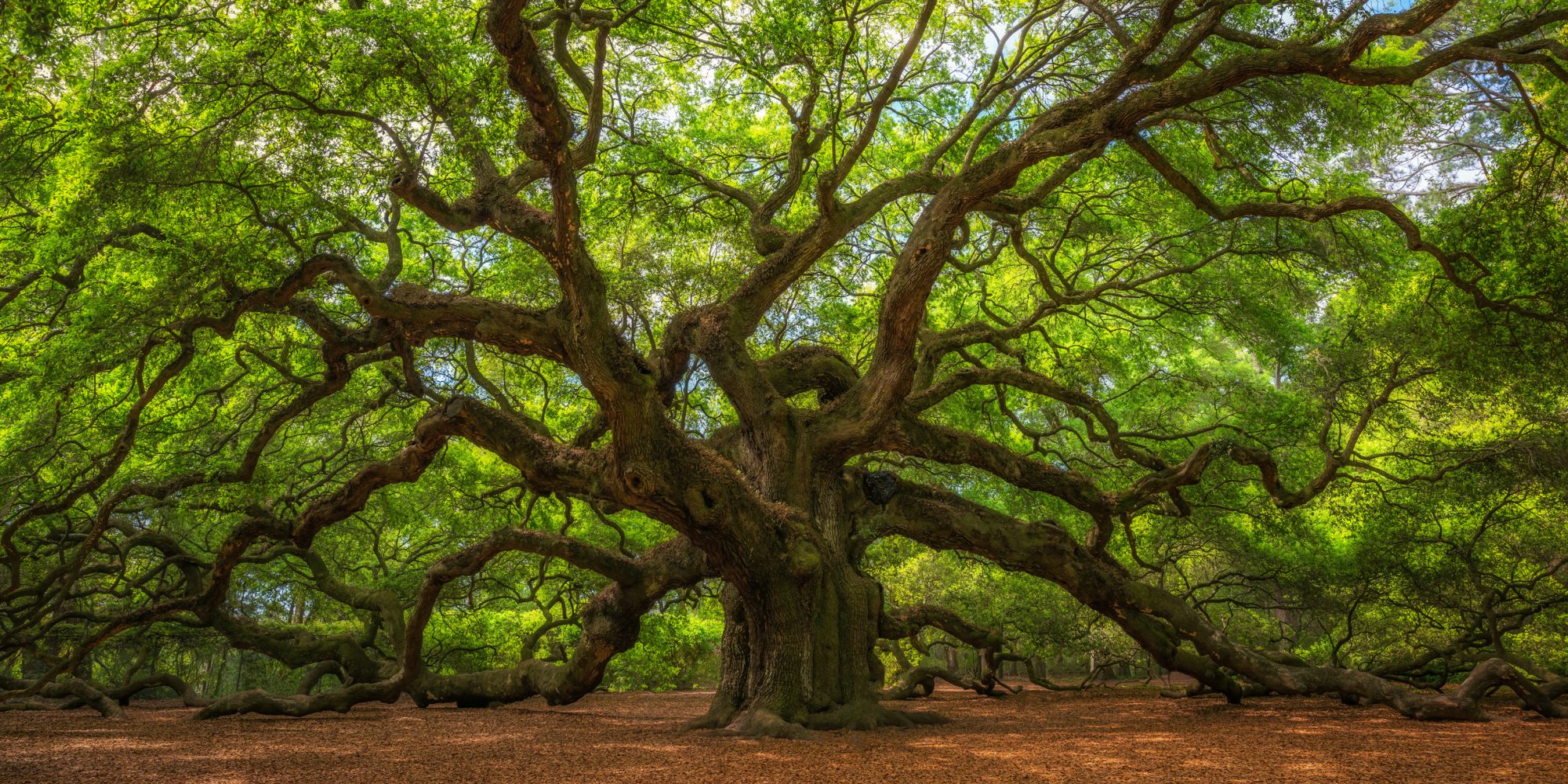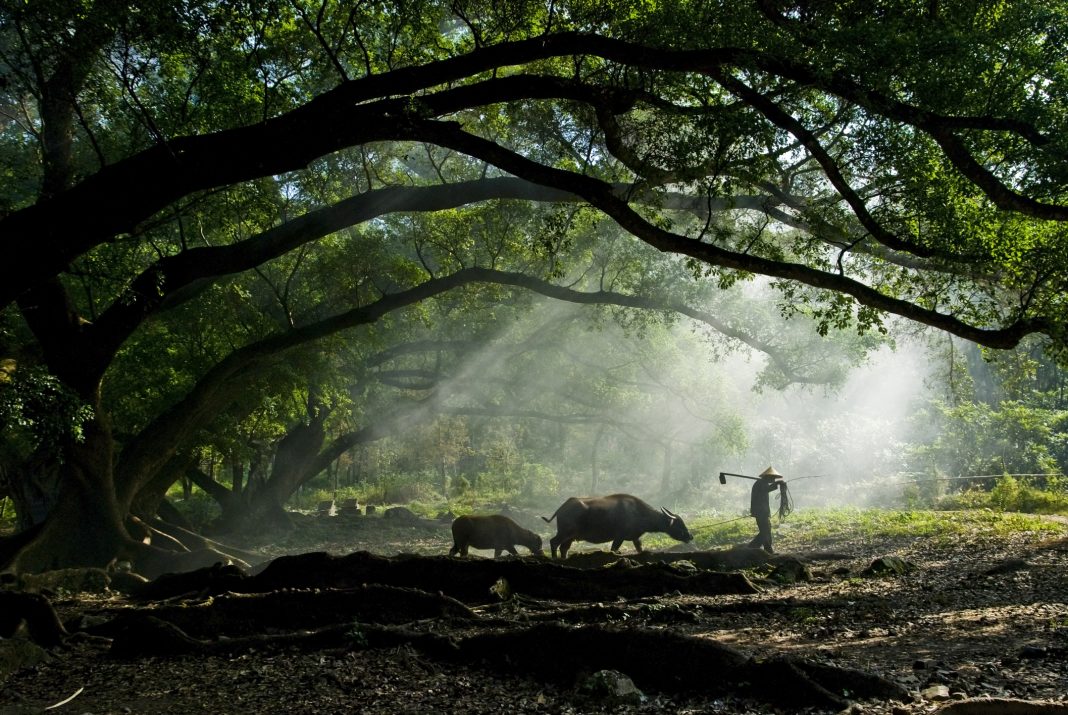Playing a vital role in biodiversity and protecting the ecosystem, ancient trees can act as massive carbon storage and play a role in conservation planning
Ancient trees, which can be between hundreds and thousands of years old, provide stability, strength, and protection to at-risk environments – which could potentially prevent the effects of climate change.
Ancient trees, unfortunately, are being lost globally at an alarming rate, but they play a disproportionately large role in conservation planning, as stated in a new article in Trends in Ecology & Evolution.
The study’s authors said: “Ancient trees are unique habitats for the conservation of threatened species because they can resist and buffer climate warming.”
“Ancient trees are unique habitats for the conservation of threatened species because they can resist and buffer climate warming.”
Some trees can live up to 5,000 years
Some of these trees, such as bristlecone pines in the White Mountains in the USA, can live up to 5,000 years.
This makes for a large amount of carbon storage, directly taking in carbon dioxide from the air and regenerating it in nature.
Ancient trees are hotspots for mycorrhizal connectivity – which is the symbiotic relationship with underground fungi that supplies plants with many of the nutrients they need to survive.
This symbiosis with fungi also helps reduce drought in dry environments.
How can we better protect these vital trees?
Currently, protecting ancient trees in forests, woodlands, historic gardens, and urban and agricultural areas remain limited by national policy levels.
However, the researchers propose a two-pronged approach to protect ancient trees:
1. The conservation of these trees through the propagation and preservation of the germplasm and meristematic tissue from these ancient trees
2. A planned integration of complete protection and forest rewilding
The authors continued: “Mapping and monitoring old-growth forests and ancient trees can directly assess the effectiveness and sustainability of protected areas and their ecological integrity.
“To carry out this ambitious project, a global monitoring platform, based on advanced technologies, is required along with public contributions through community science projects.”

Sustainable Development Goal 15 ‘Life on Land’ should promote this research
The authors finalised: “The current review of the Convention of Biological Diversity and Sustainable Development Goal 15 ‘Life on Land’ of Agenda 2030 should include old-growth and ancient tree mapping and monitoring as key indicators of the effectiveness of protected areas in maintaining and restoring forest integrity for a sustainable future.
“We call for international efforts to preserve these hubs of diversity and resilience. A global coalition utilizing advanced technologies and community scientists to discover, protect, and propagate ancient trees is needed before they disappear.”











